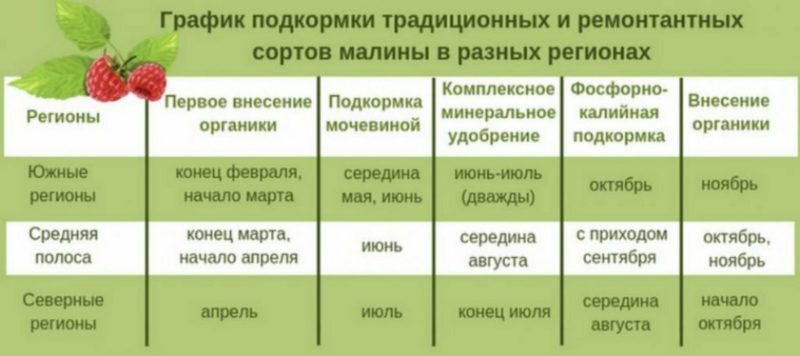How and what to feed remontant raspberries in July
Repaired raspberry varieties are becoming more and more popular every year. Summer residents are attracted by productivity, the ability of shrubs to bear fruit several times per season, a variety of varieties. Caring for remontant raspberries is very different from caring for common raspberries, especially when it comes to dressing. In the article, we will consider in detail how to fertilize a shrub in order to get a tasty harvest.
The content of the article
What dressing does a remontant raspberry need in July
Remontant raspberry varieties bear fruit several times a year, therefore shrub care gardeners pay special attention. In July, most varieties the fruiting period begins - raspberries need mineral fertilizers (potash, nitrogen, phosphorus).
They are introduced by root and foliar methods. Mineral fertilizers stimulate fruiting, improve the quality of fruits, and serve as a prophylactic agent against diseases and pests.
Substance deficiency symptoms
It is possible to determine which trace elements are lacking in raspberries by its appearance. With a deficiency of substances, spots and dots appear on the shrubs, the shoots dry out, the leaves curl and fall off:
- light green wilted leaves signal a lack of nitrogen;
- curly and darkened - raspberries lack potassium;
- thin and brittle shoots - phosphorus deficiency;
- yellow leaves and small brown dots - lack of boron;
- a change in the color of veins on the leaves indicates an iron deficiency;
- deformation of berries and discoloration of leaves - lack of manganese.
A deficiency of trace elements is dangerous because the immunity of raspberries is weakened, the plant is more susceptible to diseases and insect pests. Many summer residents think that raspberries are an unpretentious plant that does not need feeding. This is a misconception, especially when it comes to remontant varieties.
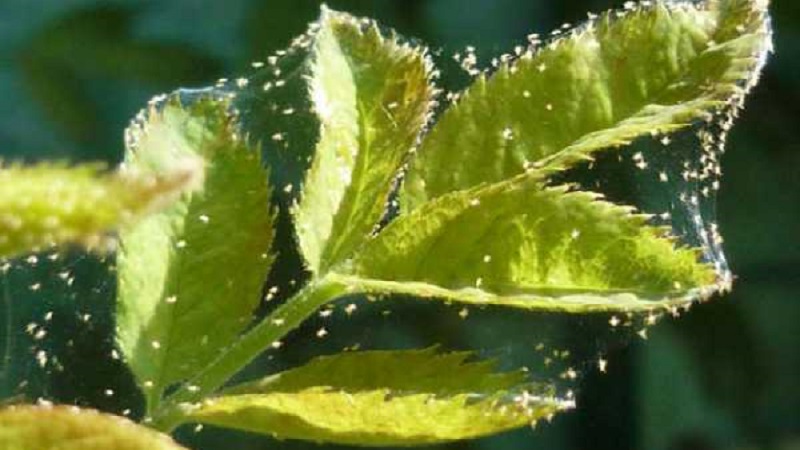
Terms of top dressing in July
The timing of fertilization depends on fruiting. Feeding raspberries 2-3 weeks before picking berries... For example, if raspberries bear fruit after July 20, then fertilizers are applied at the beginning of the month. Warm and calm days are chosen for the procedure. The right time is morning or evening.
It is not recommended to fertilize raspberries in the heat - sunburn is possible.
Auspicious days
Some summer residents, when choosing the date of fertilization, are guided by the lunar calendar. In 2020, for organic dressings they choose 1-3, 9-11 July, for mineral ones - 24-26, 28-30 July.
It is believed that these days feeding will be assimilated by the plant better and will give a good result. Do not fertilize raspberries on July 15-17.
How to feed remontant raspberries in July
For feeding, mineral, organic and folk remedies are used. When making them, it is important to observe the dosage and precautions.
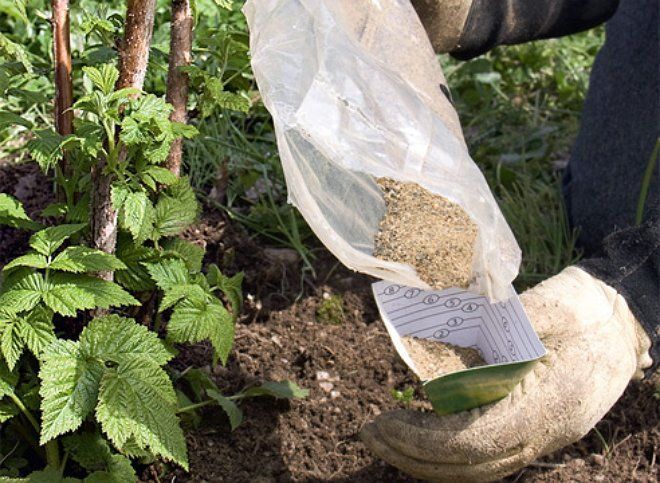
Organic feed
Organic fertilizers increase the resistance of remontant raspberries to diseases and pests and stimulate fruiting. They also nourish the soil, therefore, they are especially necessary in regions with weak and poor soil. The first organic feeding is carried out in the spring, the second - in late July or early August.
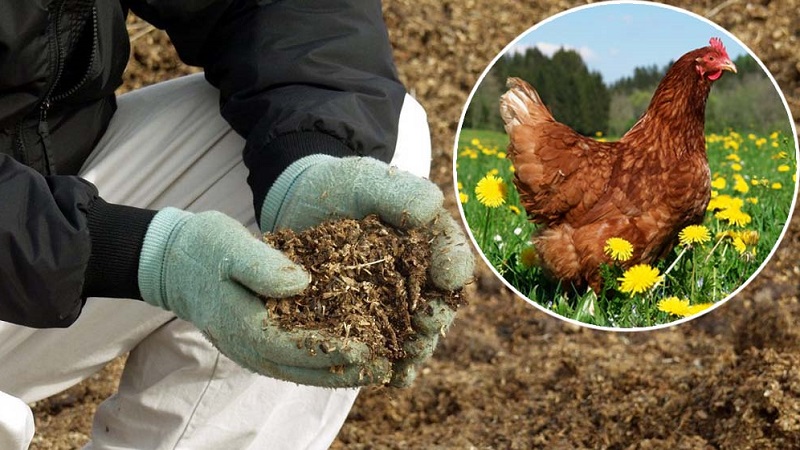
Fertilizer options:
- Infusion of rotted manure. 5 kg of horse or cow manure is placed in a deep container and 15 liters of water are poured. Put in a dark place for a week, stir occasionally. After diluted with water in a ratio of 1:10.They are brought under the bush in the early morning, per 1 sq. m leaves about 10 liters of solution. Fresh manure is not used - it provokes chemical burns of the roots.
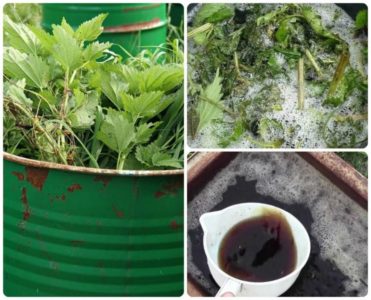 Herbal infusion
Herbal infusion - Herbal infusion... The benefits of fertilization are not only efficiency but also availability. For cooking, use fresh nettles and chamomile. 1 kg of grass is crushed and filled with 4 liters of water. Stir and leave in the sun for 5 days. The resulting infusion is diluted with water in a 1: 5 ratio. The tool is used for watering.
- Infusion of chicken droppings. 1 liter of litter is diluted in 30 liters of water and left for 3-4 days. Top dressing enriches the soil with nitrogen, magnesium, calcium, zinc, strengthens the plant's immunity. Apply fertilizer to wet soil, avoiding contact with leaves and shoots.
Before feeding, weeds are removed from the ground - it takes nutrients from raspberries.
The weeds are pulled out by hand so as not to damage the raspberry root system - it is located close to the soil surface. It will be helpful to loosen the soil to a depth of 5 cm so that the fertilizer can penetrate to the roots.
Mineral fertilizers
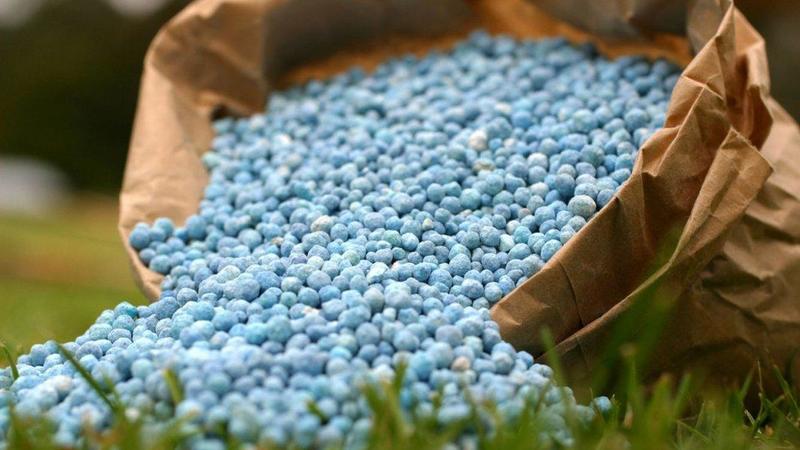
Mineral fertilizers are responsible for the taste and presentation of the berries. Urea is used for feeding - per 1 sq. m requires 10 g of substance. Urea enriches the soil with nitrogen and stimulates the development of shoots. Ammonium sulfate is also useful - per 1 sq. m leaves st. l. Mineral fertilizers are not combined with each other, this is fraught with an overabundance of trace elements.
A convenient way to add mineral dressings is to use ready-made complex preparations. They have balanced micronutrients according to needs remontant raspberry.
Effective fertilizing - "Zdraven", "Kemira", "Gumi-Omi". They increase yields, stimulate the resistance of raspberries to frost, the berries grow large and sweet. Ready-made dressings are sold in liquid, dry, granular forms. It is recommended that you carefully read the cooking instructions and safety rules when adding.
Folk remedies
Folk remedies cannot replace mineral or organic feeding. Summer residents use them as an addition. Such funds prevent the development of diseases and damage by pests, are harmless to human health and the environment:
- Infusion of wood ash. Pour 100 g of ash into 10 liters of water, stir. Without waiting for it to settle, water the bush. It is recommended to use fresh ash obtained from burning birch or pine firewood. The infusion is rich in macro- and microelements, normalizes the acidity of the soil, makes the soil more nutritious.
 Infusion of onion peel
Infusion of onion peel - Banana peel infusion... 10 pieces. soak in 10 liters of water and leave for a week in a warm place. Drizzle raspberries with infusion at the root, after loosening the soil. The infusion is rich in potassium, which increases the frost resistance of raspberries and prepares the plant for autumn.
- Infusion of onion peels and laundry soap. Pour 50 g of husk into 8 liters of warm water and leave for 3 days. Before watering, add 50 g of grated laundry soap, add to the root. Infusion of onion peels protects raspberries from insect pests.
How to properly feed
Distinguish between root and foliar feeding. The former are applied at the root by dry or liquid method, the latter are sprayed with shoots and leaves.

Root way
Root fertilizers are applied in the grooves dug in a circle at a distance of 0.5 m from the bush. One plant requires 3-4 grooves. Fertilizers dissolve and assimilate better in a liquid medium, therefore, before the procedure, raspberries are poured abundantly with warm water.
The optimum air temperature is from + 10 ° С to + 25 ° С. At high temperatures, fertilizing is not absorbed and causes plant burns. If fertilizer is applied under the root in a dry form, then it is not just scattered near the raspberries, but covered with hands. When applied superficially, trace elements do not have the desired effect.
Foliar method
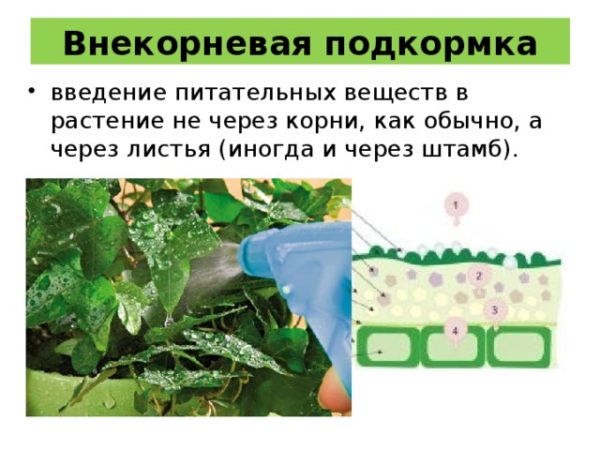
Foliar fertilizers are aimed at replenishing micronutrient deficiencies and protecting raspberries from diseases and pests. Spray raspberries in the morning or evening, the weather should be dry and calm.
Summer residents recommend processing the sheet from both sides, gently lifting the shoots with your hands. For spraying use a spray bottle. Before pouring the product, it is treated with a solution of potassium permanganate. After each use, the spray bottle is washed and re-disinfected.
Attention! For successful fruiting, summer residents alternate foliar and root fertilizers. The interval between procedures is 10-14 days.
Top dressing during flowering / fruiting
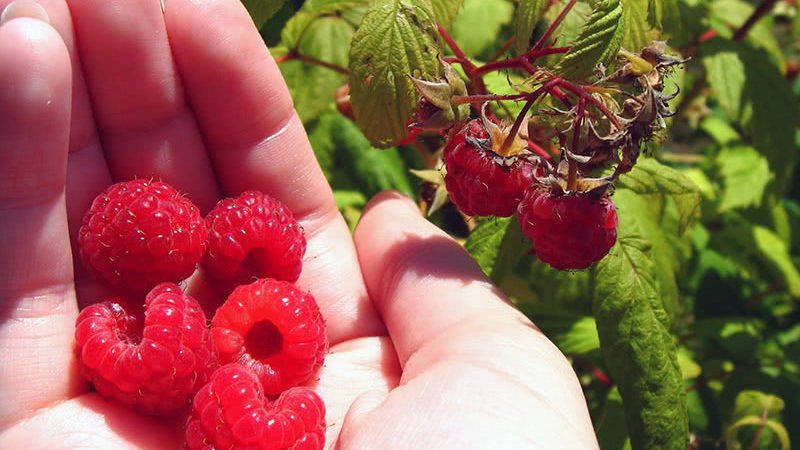
During flowering remontant raspberry needs complex feeding. They influence both the development of shoots and the fruit set. Summer residents use Bona Forte berry fertilizer. It contains nitrogen, phosphorus, potassium, sulfur, zinc, molybdenum, copper. In 10 liters of water, dilute 2 tbsp. l. and mix. Apply by root method at the rate of 3-5 liters per 1 sq. The fertilizer is sold in granules, easily absorbed by raspberries of any age, and quickly dissolves in water.
During fruiting, double superphosphate is introduced - 15 substances per 1 sq. m. A folk remedy - yeast solution will help to supplement the effect of feeding. 10 g of dry yeast is dissolved in 10 liters of water, 5 tbsp. l. Sahara. Stir the ingredients, leave for 2 hours. The infusion is diluted with water at a rate of 1: 5. The solution is introduced into the grooves - 7 liters per bush. Boric solution will also help to increase the yield of raspberries - 2 g of boric acid in powder is diluted in 10 liters of water.
Experienced gardening tips
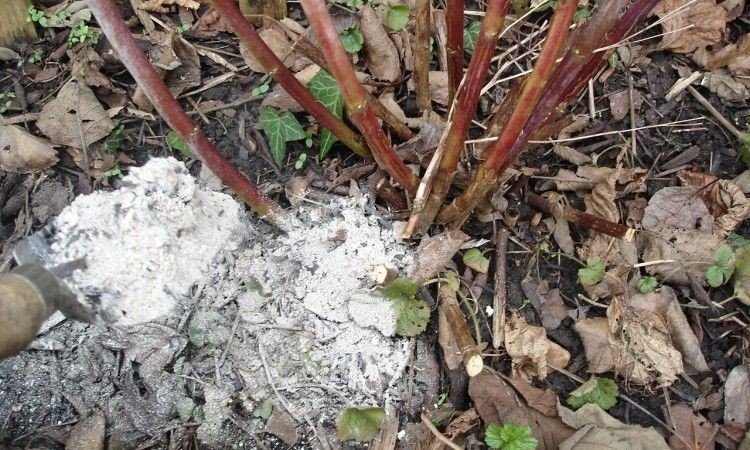
To make the feeding of remontant raspberries effective in the summer, experienced summer residents share their recommendations and tips:
- Before fertilization, gardeners prune shoots over 3 years old. They require a lot of nutrition, but they give little berries. It is recommended to leave only one-year and two-year shoots. Prune the raspberries in a standard manner using a garden pruner.
- If it is not possible to feed the raspberries in July, the procedure is postponed to the end of June. The main thing is to have the right weather.
- Do not water the plant with liquid fertilizers on dry soil. Such top dressing will burn the earth and adversely affect the yield.
- If there are no scales at hand, then a matchbox will help determine the accuracy of fertilization. It includes 13 g of urea or 10 g of wood ash, 17 g of ammonium nitrate or 22 g of potassium salt.
- Prepare infusions in clean and disinfected containers. Placed out of the reach of children.
Conclusion
For summer feeding of remontant raspberries, mineral, organic and folk remedies are used. From mineral fertilizers, urea, ammonium sulfate, and complex preparations are used. From organic - infusion of mullein, herbs or chicken manure.
From folk remedies, an infusion of banana peel, yeast or ash is noted. Fertilizers are applied to wet and weed-free soil. Before the procedure, gardeners recommend pre-watering the soil and cutting off shoots older than 3 years.
